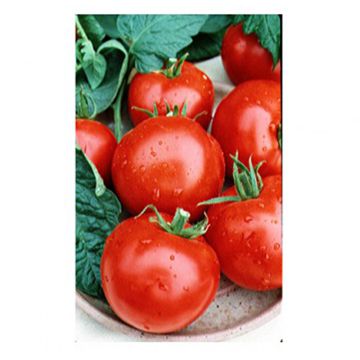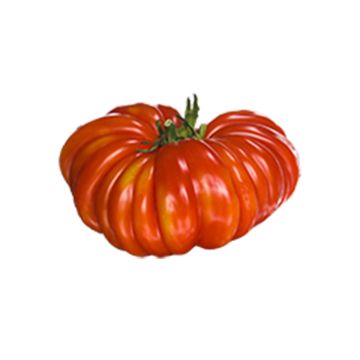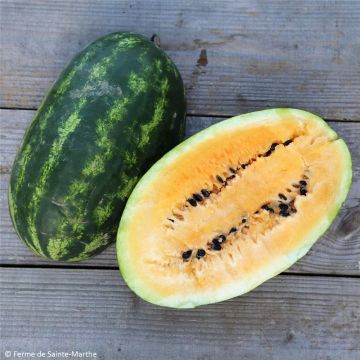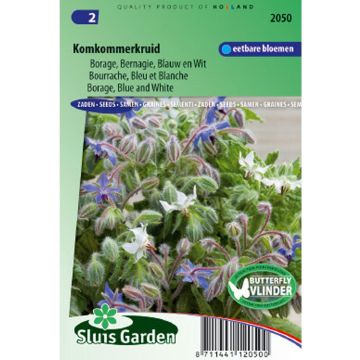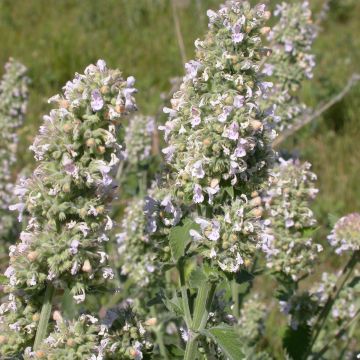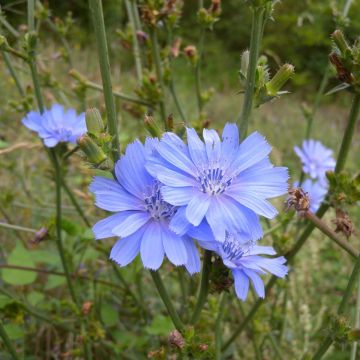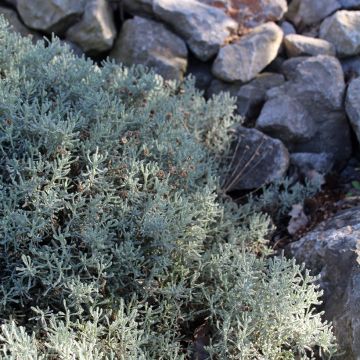

Helichrysum italicum ssp. microphyllum - Plante curry
Helichrysum italicum subsp. microphyllum
Helichrysum italicum subsp. microphyllum
Dwarf Everlasting Italian Strawflower
Why not try an alternative variety in stock?
View all →This plant carries a 6 months recovery warranty
More information
We guarantee the quality of our plants for a full growing cycle, and will replace at our expense any plant that fails to recover under normal climatic and planting conditions.
From €5.90 for pickup delivery and €6.90 for home delivery
Express home delivery from €8.90.
Delivery to Corse prohibited: UE law prohibits the import of this plant from mainland France to Corse as part of the fight against Xylella fastidiosa. Please accept our sincere apologies.
More information
Description
Helichrysum italicum subsp. microphyllum, also known as Small-leaved Immortelle or commonly known as Small-leaved Curry Plant, is a particularly compact form of the Italian Helichrysum that also has shorter leaves covered in a thick grey down. It is a small subshrub of Mediterranean origin with remarkably aromatic leaves. They emit a strong scent of curry and linseed oil, especially after rain. In cooking, this plant cannot replace curry, but it imparts an original flavour to cooked dishes. The yellow flowers, gathered in heads and highly visited by insects, can be used to create magnificent dried bouquets.
Native to Crete, Helichrysum italicum subsp. microphyllum is a subshrub of dry and rocky terrain that requires very well-drained soil. The plant forms a wide and dense clump, measuring about 20cm (8in) in height and 30-35cm (12-14in) in width. Its numerous stems are covered with linear, short, silver-grey leaves that remain evergreen in winter. The entire plant is covered in a grey tomentum (short down), indicating an adaptation to drought. Flowering occurs from May to July, depending on the climate. At the ends of the stems, inflorescences form composed of small yellow heads surrounded by golden bracts that remain decorative even when dry. Curry Herb is not used in the composition of curry used in cooking, which is a mixture of different spices.
Helichrysum italicum subsp. microphyllum is a plant of dry, limestone, and very sunny rocky terrain. Hardy down to -15°C, it withstands cold winters in poor, rocky soil. It is sensitive to excessively moist soils, both in winter and summer. Fresh leaves can be used in cooking to flavour fish, grilled meat, rice, poultry, or marinades. Add them at the end of cooking, as their aroma in cooking is much less pronounced than the smell released in the garden. The leaves are used for flavouring but are rather indigestible, so it is preferable not to consume them.
Harvesting: pick the flowers at the beginning of flowering to dry them. The evergreen leaves can be harvested throughout the year, as needed. Preservation: for bouquets, dry the flowering stems upside down in a dark room. They will keep for a long time this way. As for the leaves, they are used fresh. Gardener's tip: if aphids or caterpillars invade the curry plant, use nettle manure or black soap.
Report an error about the product description
Harvest
Plant habit
Foliage
Other Vegetable garden A to Z
Planting and care
Compact curry herb is a scrubland plant that thrives in poor, rocky soils, preferably limestone. It is indeed sensitive to overly moist soils, both in winter and in summer. Choose a sunny location. Planting can be done in April or September, either in the ground or in a pot.
In the ground: Place it in a warm and sunny spot, in a rockery or raised bed, in a well-drained soil. Regular watering is necessary for establishment. Once well-rooted, this plant can survive without any watering, even in our hottest and driest regions.
In a pot: Place a layer of gravel or clay balls at the bottom of the pot to facilitate drainage. Fill the pot with a mix of potting soil, garden soil, and sand. Gently place the plant, cover with soil, and firmly press down. Water thoroughly. During cultivation, water infrequently, allowing the substrate to dry out a bit between waterings. Do not place a saucer under your pot.
Remove faded flowers. If necessary, lightly prune at the end of winter to maintain a compact habit.
Cultivation
Care
Intended location
This item has not been reviewed yet - be the first to leave a review about it.
Herbs
Haven't found what you were looking for?
Hardiness is the lowest winter temperature a plant can endure without suffering serious damage or even dying. However, hardiness is affected by location (a sheltered area, such as a patio), protection (winter cover) and soil type (hardiness is improved by well-drained soil).

Photo Sharing Terms & Conditions
In order to encourage gardeners to interact and share their experiences, Promesse de fleurs offers various media enabling content to be uploaded onto its Site - in particular via the ‘Photo sharing’ module.
The User agrees to refrain from:
- Posting any content that is illegal, prejudicial, insulting, racist, inciteful to hatred, revisionist, contrary to public decency, that infringes on privacy or on the privacy rights of third parties, in particular the publicity rights of persons and goods, intellectual property rights, or the right to privacy.
- Submitting content on behalf of a third party;
- Impersonate the identity of a third party and/or publish any personal information about a third party;
In general, the User undertakes to refrain from any unethical behaviour.
All Content (in particular text, comments, files, images, photos, videos, creative works, etc.), which may be subject to property or intellectual property rights, image or other private rights, shall remain the property of the User, subject to the limited rights granted by the terms of the licence granted by Promesse de fleurs as stated below. Users are at liberty to publish or not to publish such Content on the Site, notably via the ‘Photo Sharing’ facility, and accept that this Content shall be made public and freely accessible, notably on the Internet.
Users further acknowledge, undertake to have ,and guarantee that they hold all necessary rights and permissions to publish such material on the Site, in particular with regard to the legislation in force pertaining to any privacy, property, intellectual property, image, or contractual rights, or rights of any other nature. By publishing such Content on the Site, Users acknowledge accepting full liability as publishers of the Content within the meaning of the law, and grant Promesse de fleurs, free of charge, an inclusive, worldwide licence for the said Content for the entire duration of its publication, including all reproduction, representation, up/downloading, displaying, performing, transmission, and storage rights.
Users also grant permission for their name to be linked to the Content and accept that this link may not always be made available.
By engaging in posting material, Users consent to their Content becoming automatically accessible on the Internet, in particular on other sites and/or blogs and/or web pages of the Promesse de fleurs site, including in particular social pages and the Promesse de fleurs catalogue.
Users may secure the removal of entrusted content free of charge by issuing a simple request via our contact form.
The flowering period indicated on our website applies to countries and regions located in USDA zone 8 (France, the United Kingdom, Ireland, the Netherlands, etc.)
It will vary according to where you live:
- In zones 9 to 10 (Italy, Spain, Greece, etc.), flowering will occur about 2 to 4 weeks earlier.
- In zones 6 to 7 (Germany, Poland, Slovenia, and lower mountainous regions), flowering will be delayed by 2 to 3 weeks.
- In zone 5 (Central Europe, Scandinavia), blooming will be delayed by 3 to 5 weeks.
In temperate climates, pruning of spring-flowering shrubs (forsythia, spireas, etc.) should be done just after flowering.
Pruning of summer-flowering shrubs (Indian Lilac, Perovskia, etc.) can be done in winter or spring.
In cold regions as well as with frost-sensitive plants, avoid pruning too early when severe frosts may still occur.
The planting period indicated on our website applies to countries and regions located in USDA zone 8 (France, United Kingdom, Ireland, Netherlands).
It will vary according to where you live:
- In Mediterranean zones (Marseille, Madrid, Milan, etc.), autumn and winter are the best planting periods.
- In continental zones (Strasbourg, Munich, Vienna, etc.), delay planting by 2 to 3 weeks in spring and bring it forward by 2 to 4 weeks in autumn.
- In mountainous regions (the Alps, Pyrenees, Carpathians, etc.), it is best to plant in late spring (May-June) or late summer (August-September).
The harvesting period indicated on our website applies to countries and regions in USDA zone 8 (France, England, Ireland, the Netherlands).
In colder areas (Scandinavia, Poland, Austria...) fruit and vegetable harvests are likely to be delayed by 3-4 weeks.
In warmer areas (Italy, Spain, Greece, etc.), harvesting will probably take place earlier, depending on weather conditions.
The sowing periods indicated on our website apply to countries and regions within USDA Zone 8 (France, UK, Ireland, Netherlands).
In colder areas (Scandinavia, Poland, Austria...), delay any outdoor sowing by 3-4 weeks, or sow under glass.
In warmer climes (Italy, Spain, Greece, etc.), bring outdoor sowing forward by a few weeks.







































